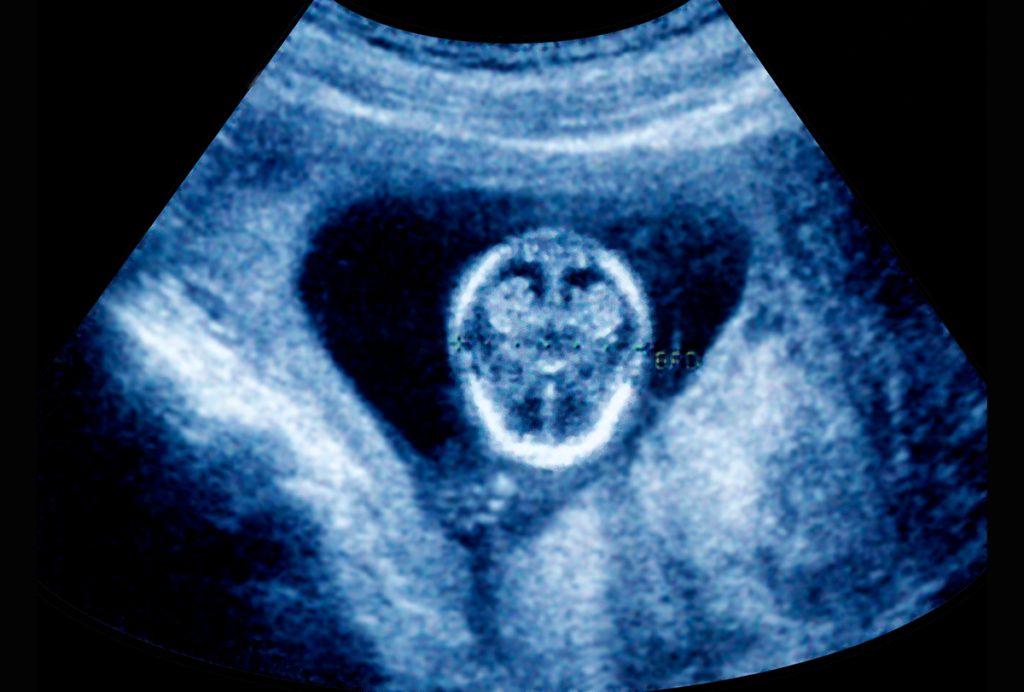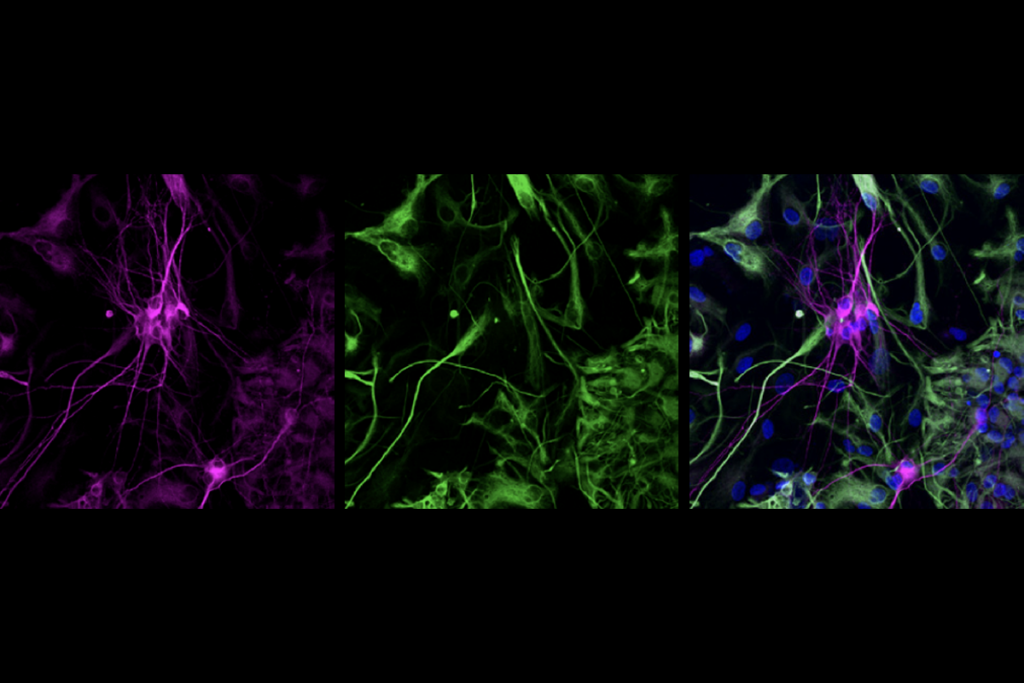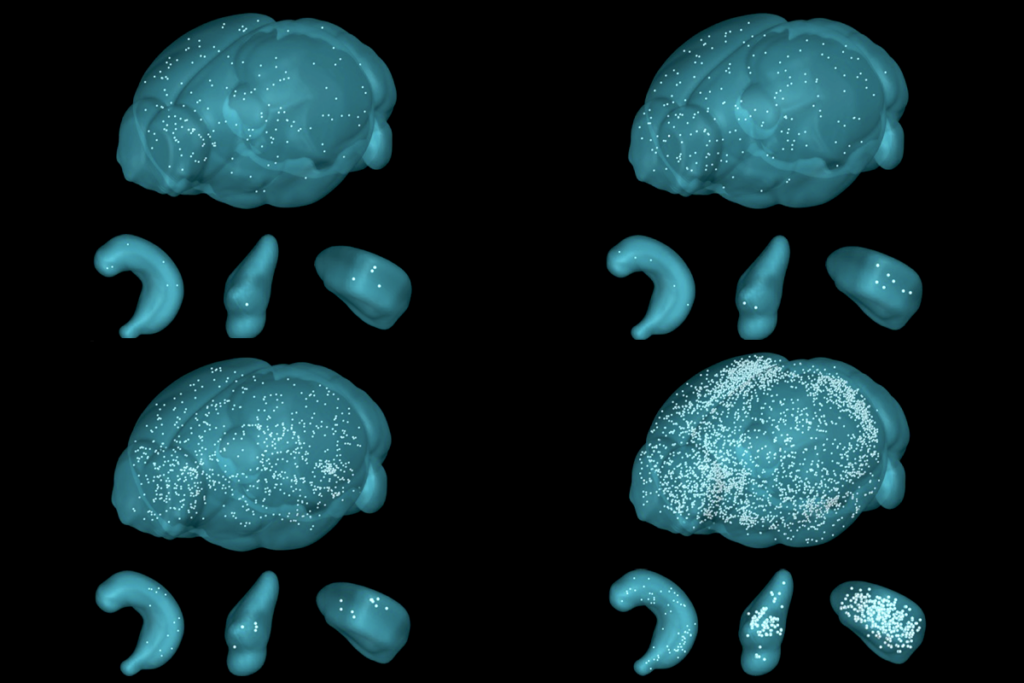
New report shows slight uptick in autism prevalence
About 1 in 59 children in the United States has autism, according to data released today by the U.S. Centers for Disease Control and Prevention.
About 1 in 59 children in the United States has autism, according to data released today by the U.S. Centers for Disease Control and Prevention (CDC). Four times as many boys as girls have the condition, according to the report1.
The data are based on a 2014 survey of 325,483 children across 11 states. The data were collected by the CDC’s Autism and Developmental Disabilities Monitoring Network (ADDM).
These numbers show an increase of nearly 16 percent from the previous prevalence of 1 in 68 children. That estimate was based on data collected in 2012 and had a gender ratio of 4.5 to 1.
The trend from that analysis and another one in 2010 had suggested that autism prevalence in the U.S. was leveling off. Another CDC study published earlier this year also suggested that autism rates are no longer increasing.
The new findings buck this trend. But they do not necessarily mean the actual number of children with autism in the U.S. is rising, says Catherine Rice, director of the Emory Autism Center in Atlanta and principal investigator for the ADDM from 2001 to 2010.
“The current ADDM report seems to indicate that awareness of [autism] characteristics is broadening and this contributes to increases in [autism] prevalence overall,” Rice says.
For example, autism prevalence is consistently higher in white children than in black or Hispanic children — a pattern researchers attribute to disparities in access to medical care. This difference has been trending downward since 2002.
The 2012 analysis identified 20 percent more white children with autism than black children and 50 percent more than Hispanic children. In the new analysis, researchers identified 7 percent more white children with autism than black children, and 22 percent more than Hispanic children.
This suggests that the rise in prevalence may be the result, in part, of improved services for children who were previously missed.
“We have no reason to think there’s some biologic basis for a difference in [autism] prevalence among these populations,” says Deborah Christensen, team lead for surveillance in the CDC’s developmental disabilities branch. “So when we see those differences narrow, that is encouraging to us.”
Robust records:
The new survey focused on 8-year-olds, as most children are likely to have had a medical or school evaluation by that age.
Expert reviewers in the ADDM look for signs of autism in the medical records of children living in select counties and states across the U.S.
The reviewers may include children who show signs of autism, even if they do not have an official diagnosis. And they may choose to exclude children who are diagnosed with autism if their features do not meet criteria for autism as outlined in the “Diagnostic and Statistical Manual of Mental Disorders” (DSM).
The CDC report shows dramatic differences in autism prevalence among states. The highest prevalence is 2.93 percent in New Jersey, whereas the lowest is 1.31 percent in Arkansas.
This divergence may reflect real differences in the number of children who have autism.
Alternatively, it may reflect a disparity in access to healthcare and in autism awareness among different counties, says Radley Sheldrick, associate professor of health law, policy and management at Boston University. States with a lower prevalence may have more children with unrecognized autism, for example.
“Symptoms of [autism] are more likely to be documented in medical and educational records in some states than in others, and this affects results,” he says.
For 10 states, the reviewers looked at education records for evidence of special needs or services. Having access to this information may boost states’ prevalence, says Christensen.
The reviewers had access to education records in one state — Wisconsin — for the first time, and to more records for Colorado than they had previously. These two states showed the highest increase in prevalence: The reported prevalence in Wisconsin rose by 31 percent between 2012 and 2014, and the prevalence in Colorado rose by 29 percent.
What’s more, all of the states with robust special education records show prevalence estimates over the national average.
Catching up:
Despite the rising awareness, only 42 percent of children with autism had a diagnostic evaluation by age 3, even though about 85 percent showed some signs of the condition by that time. This discrepancy is of concern, says Rice.
“It is way past time of accepting the long wait from concern to evaluation to services as an okay standard in the United States,” she says.
The average age for a diagnostic evaluation has stayed relatively consistent over the years. However, states may be able to take steps to improve this. For example, for more than a decade, North Carolina has implemented state-wide initiatives to improve early screening for developmental delays. Perhaps as a result, 66 percent of children identified with autism in this state had received a diagnostic evaluation before age 3.
Local factors can have a big impact on prevalence. Sheldrick and his colleagues have found that the disparity in prevalence among U.S. states has steadily increased between 2000 and 20122.
For example, data for two of the states with the highest prevalence — Maryland and Minnesota — come from small sampling areas clustered near a diagnostic center. And New Jersey is well known for providing strong access to medical and special education services. New Jersey also does not show significant disparities in prevalence among ethnic groups, suggesting that as autism identification improves, these disparities disappear.
“People think of [national prevalence] as true prevalence, and I think we need to be careful of that interpretation,” Sheldrick says. “If New Jersey represents the true rate, that’s a lot higher than [the average], and that has real implications.”
The variation across states also reveals how dependent the CDC estimate is on the sites that provide the data, says Eric Fombonne, professor of psychiatry at Oregon Health and Science University in Portland.
“Where services are located and how people access services in particular states varies enormously from site to site, and that affects tremendously the prevalence estimate that they have,” Fombonne says. “It shows very clearly that the methods are not as robust as you would like them to be.”
Going forward:
The new report looks at prevalence for a subset of the participants, using diagnostic criteria outlined in the DSM-5, the current version of the DSM, released in 2013. The criteria for autism in the DSM-5 may be more stringent than those in the DSM-IV. This suggested that basing the prevalence on children who met the DSM-5 criteria would lower prevalence estimates.
In the new study, the ADDM researchers tried to gauge the impact of switching to the new manual. They found that using the DSM-5 criteria yields 4 percent fewer cases of autism than with the DSM-IV criteria — a difference they say is negligible.
However, any child who had an autism diagnosis with DSM-IV criteria is automatically given an autism diagnosis with the DSM-5. This rule artificially inflates the number of DSM-5 diagnoses, says Fombonne: Roughly 15 percent of children who received a DSM-5 diagnosis did not have sufficient behaviors to warrant this status based on DSM-5 criteria alone.
The comparison is “completely bogus because they are comparing two things, which are not independent; they are comparing a definition that includes the other one,” Fombonne says.
The ADDM plans to rely only on DSM-5 criteria when they report prevalence for 2016. That analysis may reveal whether switching to the manual lowers prevalence, says Christensen.
The new survey also collected data on 4-year-old children, which the CDC plans to publish separately. This analysis may clarify the average age at which children with autism are identified.
References:
Recommended reading

Gene-activity map of developing brain reveals new clues about autism’s sex bias

Parsing phenotypes in people with shared autism-linked variants; and more

Boosting SCN2A expression reduces seizures in mice
Explore more from The Transmitter

Engrams in amygdala lean on astrocytes to solidify memories
Ant olfactory neurons reveal new ‘transcriptional shield’ mechanism of gene regulation
